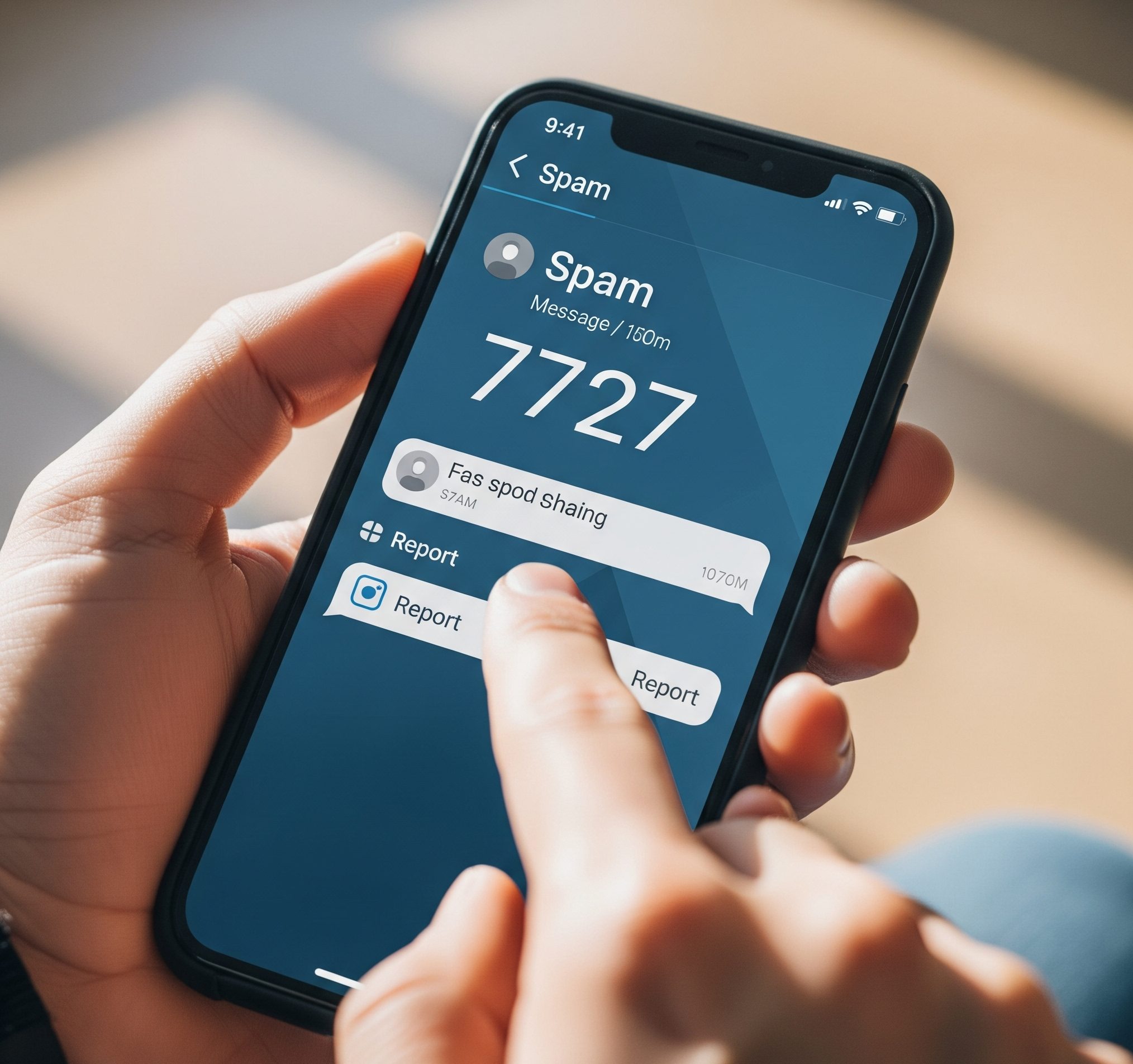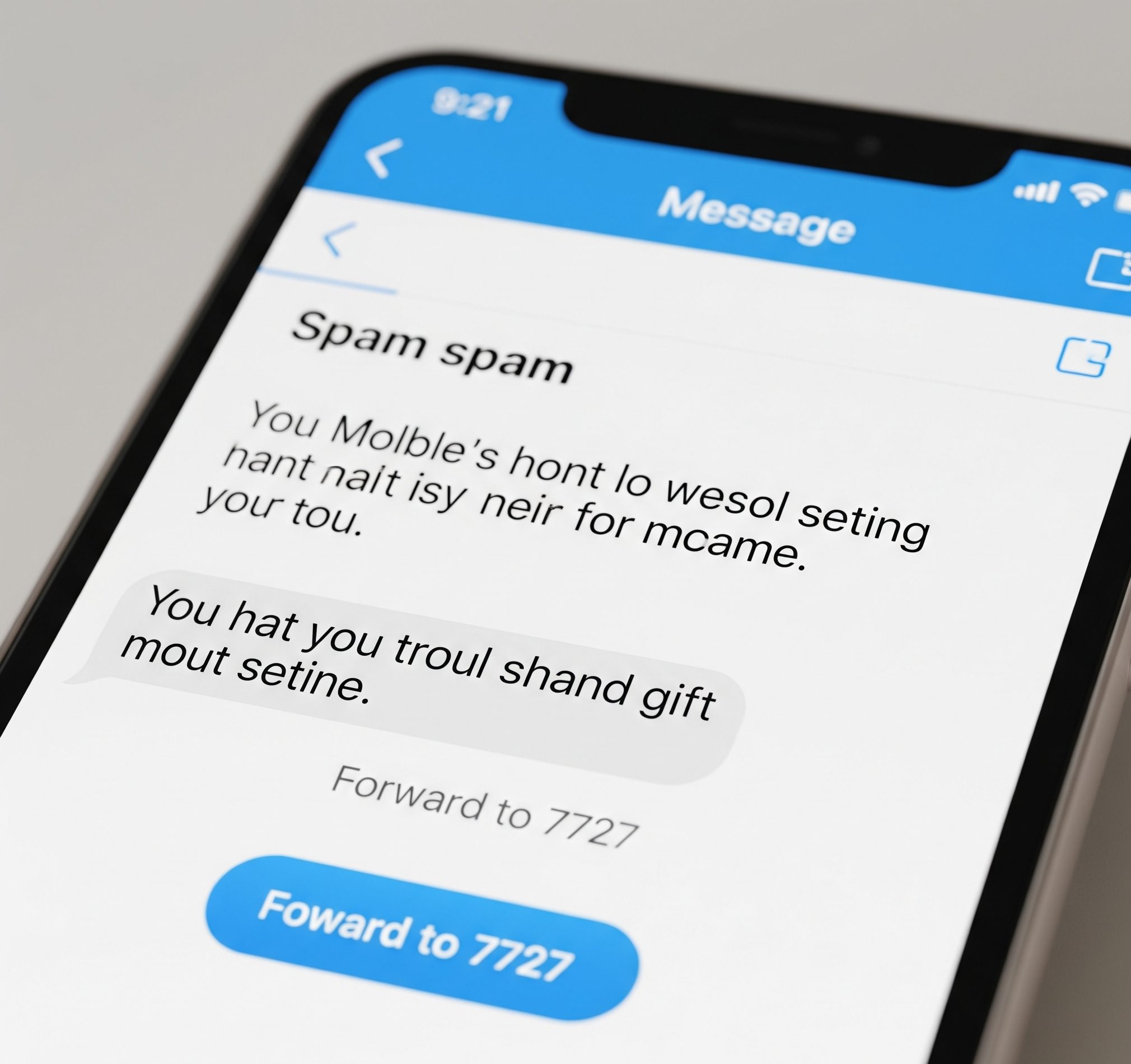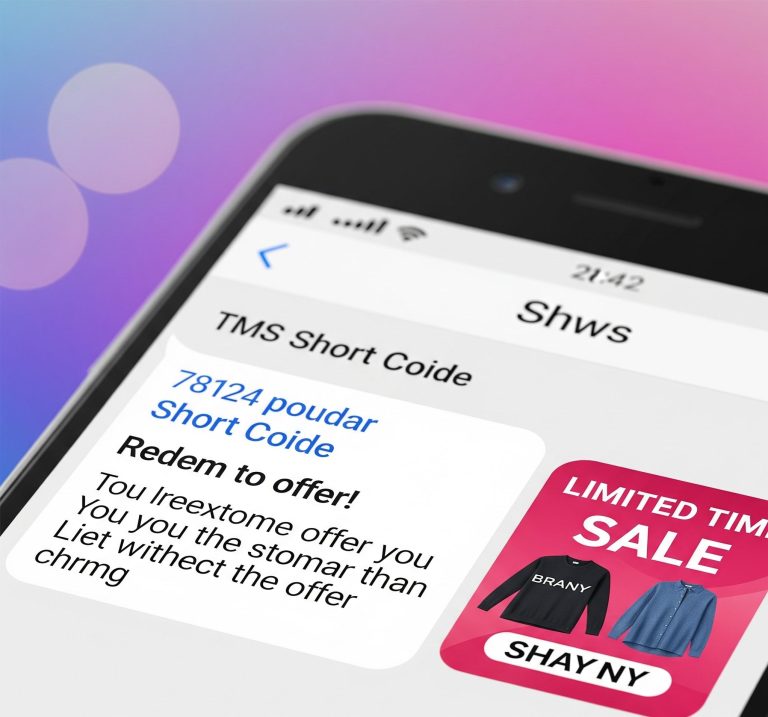In an age where our smartphones are extensions of ourselves, a cryptic text message or an unfamiliar number in our usage history can be unsettling. One such enigma that has been the subject of countless online forums and discussions is the 7727 short code. If you’ve ever noticed this number in your outgoing texts and wondered about its origin and purpose, you’re not alone. This article will demystify the 7727 short code, explaining its primary function, why it might appear on your phone bill, and how it plays a crucial role in keeping your inbox clean.
Contents
What Exactly Is a Short Code?
Before diving into the specifics of 7727, it’s essential to understand what a short code is. A short code is a shortened phone number, typically five or six digits long, that is used by businesses, organizations, and service providers to send and receive text messages (SMS and MMS). You’ve likely encountered them before when receiving appointment reminders, shipping notifications, or marketing alerts. They are designed to be easier to remember and use than a standard ten-digit phone number.
The Primary Role of the 7727 Short Code: Your Ally Against Spam
The most significant and widespread use of the 7727 short code in the United States is for reporting spam and junk text messages. When you receive an unwanted message and use your phone’s built-in “Report Junk” or a similar feature, your mobile carrier and phone manufacturer (like Apple for iPhones) need a way to collect this information. This is where the 7727 short code comes into play.
Essentially, by reporting a message as spam, you are instructing your phone to forward the offending message and its details to a central repository. In many cases, this forwarding is done via an outgoing text message to the 7727 short code. This allows your carrier to analyze the spam message, identify its source, and potentially block the sender, thereby protecting you and other customers from similar unwanted communications in the future.
“But I Never Sent a Text to 7727!” – Uncovering the Invisible Action
A common point of confusion for many American mobile users is seeing the 7727 short code listed in their outgoing message history without ever having manually typed and sent a text to that number. This can understandably lead to concerns about unauthorized use of their phone.
The reality is that this action is often automated. The process of reporting a text as junk triggers this outgoing message in the background. You may not even be aware that it’s happening. The appearance of the 7727 short code in your usage details is simply a record of your phone carrying out your command to report spam.

The Connection to 7726 (SPAM)
If you’re proactive about reporting spam, you might already be familiar with the short code 7726, which spells “SPAM” on a traditional phone keypad. For years, the Federal Trade Commission (FTC) and mobile carriers have encouraged consumers to forward unwanted text messages to 7726.
So, what’s the difference between 7726 and the 7727 short code? Think of 7727 as a more advanced or specific version of 7726. While forwarding a message to 7726 is a manual process, the automated reporting to 7727 can sometimes include more detailed diagnostic information about the spam message. This additional data can be invaluable to carriers in their efforts to combat spam more effectively. Both short codes serve the same overarching goal: to fight back against the tide of unsolicited and potentially malicious text messages.
What to Do If You Receive a Message From the 7727 Short Code
While the primary function of the 7727 short code is for outgoing spam reports, some users have reported receiving messages that appear to originate from this number. These can sometimes be error messages, such as “Could not fetch content, sorry.”
If you receive an unsolicited message from the 7727 short code, it’s best to treat it with caution. Do not click on any links or provide any personal information. In most cases, these are likely system-generated errors or potentially attempts by spammers to spoof a legitimate short code. The safest course of action is to delete the message.
Best Practices for Reporting Spam and Protecting Yourself
The 7727 short code is a powerful tool in the ongoing fight against spam. By understanding its purpose, you can have greater peace of mind about your phone’s activity. To further protect yourself from unwanted text messages, consider the following best practices:
- Be cautious about where you share your phone number. The more public your number is, the more likely you are to receive spam.
- Never reply to a spam message. Replying, even with “STOP,” can confirm to the spammer that your number is active, leading to more unwanted texts.
- Use your phone’s built-in reporting features. As discussed, this is where the 7727 short code often comes into play, providing valuable data to your carrier.
- Manually forward spam to 7726. This is another effective way to report unwanted messages.
- Block the sender. After reporting the spam, block the number to prevent them from contacting you again.
conclusion
the 7727 short code is not a cause for alarm but rather a key component of the infrastructure designed to protect you from the nuisance and potential dangers of spam. The next time you see it in your usage history, you can be confident that your phone has simply been working behind the scenes to keep your messaging experience safe and clutter-free.







